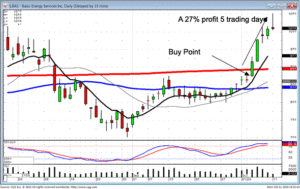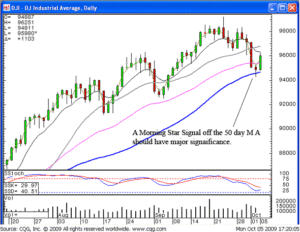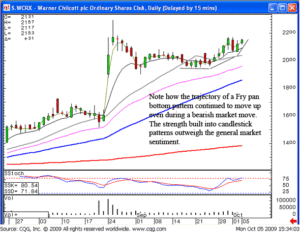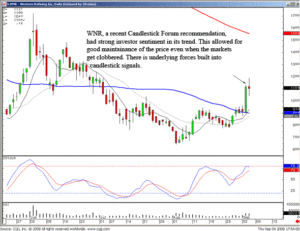In sports the saying is that you only play as good as you practice. In other words, if you don’t work hard learning to do something well you will never do it well when the game begins. The same is true when it comes to investing; if you don’t learn the concepts of successful trading before you start investing, you are in danger of losing a lot of money very fast. Thanks to the wonderful world of computers, you can prepare for online futures trading by paper trading.
What is Paper Trading?
At this moment you probably understand online futures trading, but paper trading may be strange to you. Paper trading is a method of online futures trading where you can practice investing in the stock market with a hypothetical brokerage account. Everything about this type of online futures trading is the same as the real thing but with paper trading, you lose nothing. If you make a bad purchase when you are paper trading, it is recorded in your “account” but since you didn’t actually do any online futures trading, you didn’t lose any real money.
What is Online Futures Trading?
Online futures trading is different from trading common stocks or bonds since you don’t actually take possession of anything. In online futures trading, you are speculating on the future direction of a commodity’s price that you are trading on the Internet. It is kind of like placing a bet on which way a price will move. “Buy” and “sell” are terms that indicate the direction you expect future prices will take. You only need to deposit enough money with a brokerage firm to insure that you will be able to pay the losses if your trades lose money; take a good look at the words “pay the losses”. When paper trading futures, you are immune from those dirty words!
Online futures trading offers a form of price protection for those who are trading and investing. A farmer may sell corn futures on his crop if he thinks the price will go down before the harvest; conversely, a cereal manufacturer may buy futures if they think the price of wheat is going to rise before the harvest. Regardless of the price movement, both are guaranteed their price. The other person in the deal is the investor who never sees the trading floor, but is doing online futures trading and looking to gain advantages by buying or selling futures at a profit.
Getting Started with Online Futures Trading
There are quite a few companies on the Internet that offer free paper trading; a simple Google search will give you more choices that you can imagine. These companies offer this service in hopes that after you get comfortable with online futures trading, you will open a commodity account with them. In the meantime, once you have registered, simply follow the directions of the commodity trading software and you are ready to begin.
What You Might Notice
If you decide to get started without learning anything about online futures trading, you will be in for a surprise. The language of futures trading is different. There is terminology you need to learn, strategies that you won’t understand and even the trading software will probably be confusing. It’s kind of like assembling a child’s bike; before you start, read the directions. Before you try to start commodities trading, learn the terms, learning the techniques and learn the software where you are online futures trading.
Is paper trading futures important?
By itself, paper trading futures is not important; it just simulates the things required for online futures trading. What is important while paper trading futures is the approach you take; if you take this lightly or don’t understand the importance of learning futures trading, you should seriously reconsider ever entering the futures markets. This is a skill to learn and not doing so means losing your money so don’t take your paper trading or your online futures trading lightly.
Conclusion
Online futures trading is a unique business opportunity where you can practice and learn for free. A successful trader will use the opportunity to practice investing before trying online futures investing.






